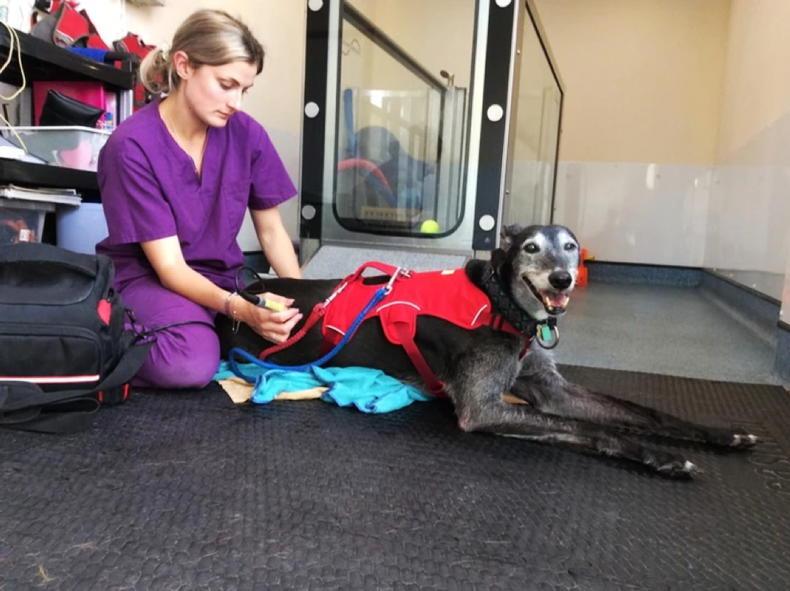What is canine physiotherapy?
Canine physiotherapy is just that, physiotherapy for dogs. Like the human field there are many different branches within canine physio, however the primary ones include:
Regardless of the branch, the primary aim is always to improve comfort, manage compensations and enhance movement and performance.
There is no one breed or type of dog that most commonly receives physiotherapy. As a practicing veterinary physiotherapist, the case load is wide and very varied. Patients range from household pets, competing agility dogs, working dogs to show dogs and everything in between. No two cases are the same, keeping the job interesting. For this reason, physios will work closely with the patient’s vet and owners to ensure optimal care is provided.
No one day as a physio is ever the same as every dog will deal with their pain or discomfort in different ways. Thus, there is no specific protocol that can be followed regarding treatments. Treatment regimes are always tailored for the individual, based on their veterinary history. In order to determine the best treatment for each case a full assessment of the dog must be carried out. This involves gait analysis, joint assessments and a head-to-toe palpation to assess for pain and discomfort. Once this has been carried out a treatment plan will be put in place.
Why would a dog need
physiotherapy?
There are numerous reasons that a vet may refer or recommend physiotherapy for your dog. Patients are commonly seen post operatively by a physio to enhance their rehabilitation. Just like us, dogs can suffer from various different injuries which require surgery. Many of us are familiar with knee pain, hip replacements, tennis elbow, torn cruciate ligaments and slipped discs. Well, dogs are not an exception and commonly suffer from all of the above and more.
Orthopedics is a rapidly expanding field in the veterinary world with more and more total hip replacements, elbow surgeries, cruciate ligament ops, and spinal surgeries being performed daily, all of which require a period of physiotherapy post-operatively. For dogs where surgery isn’t necessary or not an option, physios play an essential role in conservatively managing these cases to keep them as strong, mobile and as comfortable as possible.
How does it work?
Veterinary physiotherapists will have many different tools in their toolbox. The standard ones include manual therapies such as massage and manipulation, electrotherapies like laser, and rehabilitation exercises. Again, all of these will work towards improving the dog’s comfort and increasing their strength.
To be more specific, manual therapies will be used to address compensations like tight muscles, and restricted joints. Stretching will also often be used at the end of a physio session to further loosen tight muscles and mobilise joints. With regards to electrotherapies there is an extensive list of machines available. However, no one machine has magic healing powers or will cure the dog of all ailments. They do, however, assist the physio in addressing discomfort and pain. They essentially do this by delivering energy to the body’s tissues to enable them to function better.
With rehabilitation and strengthening exercises this is where the owners get hands-on. Home exercise programs are the backbone of a successful rehab program. Exercises that you will commonly do in the gym are adapted for your dog. Sit to stands are the equivalent of doggy squats, balance boards, wobble cushions and resistant bands will commonly be used. Of course, all adapted for each dog’s capabilities.


 This is a subscriber-only article
This is a subscriber-only article
 It looks like you're browsing in private mode
It looks like you're browsing in private mode









SHARING OPTIONS: